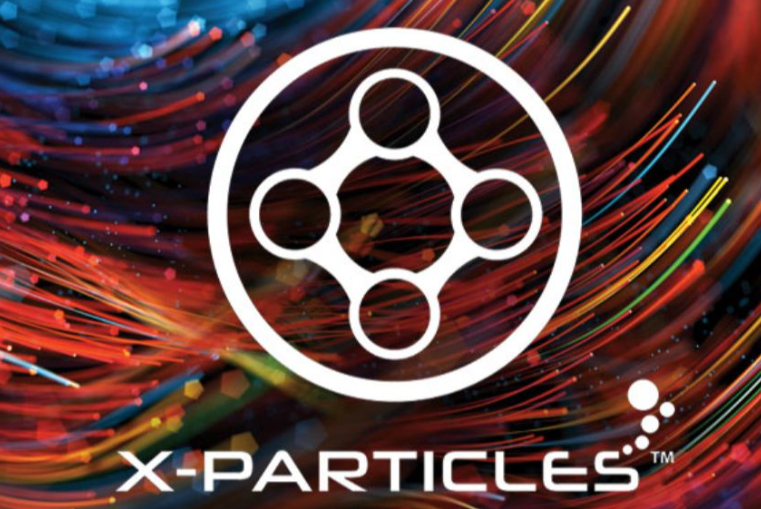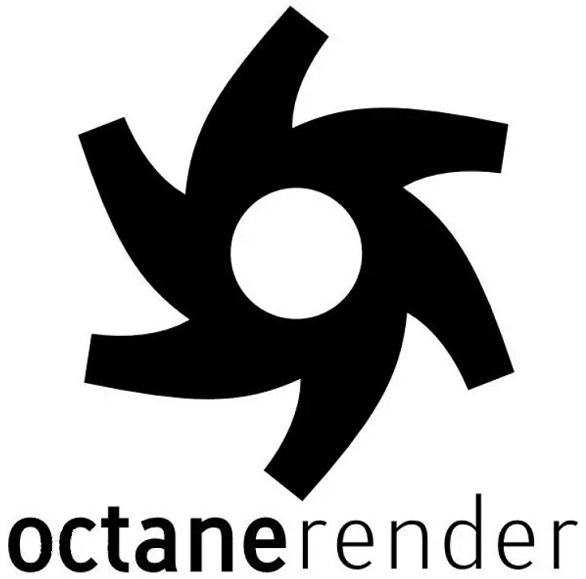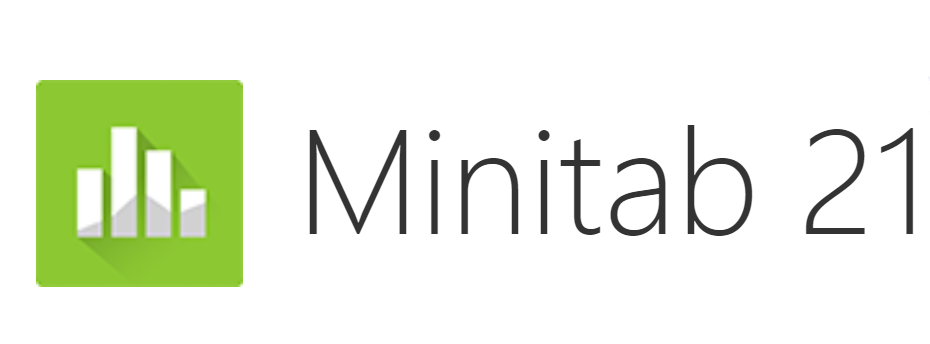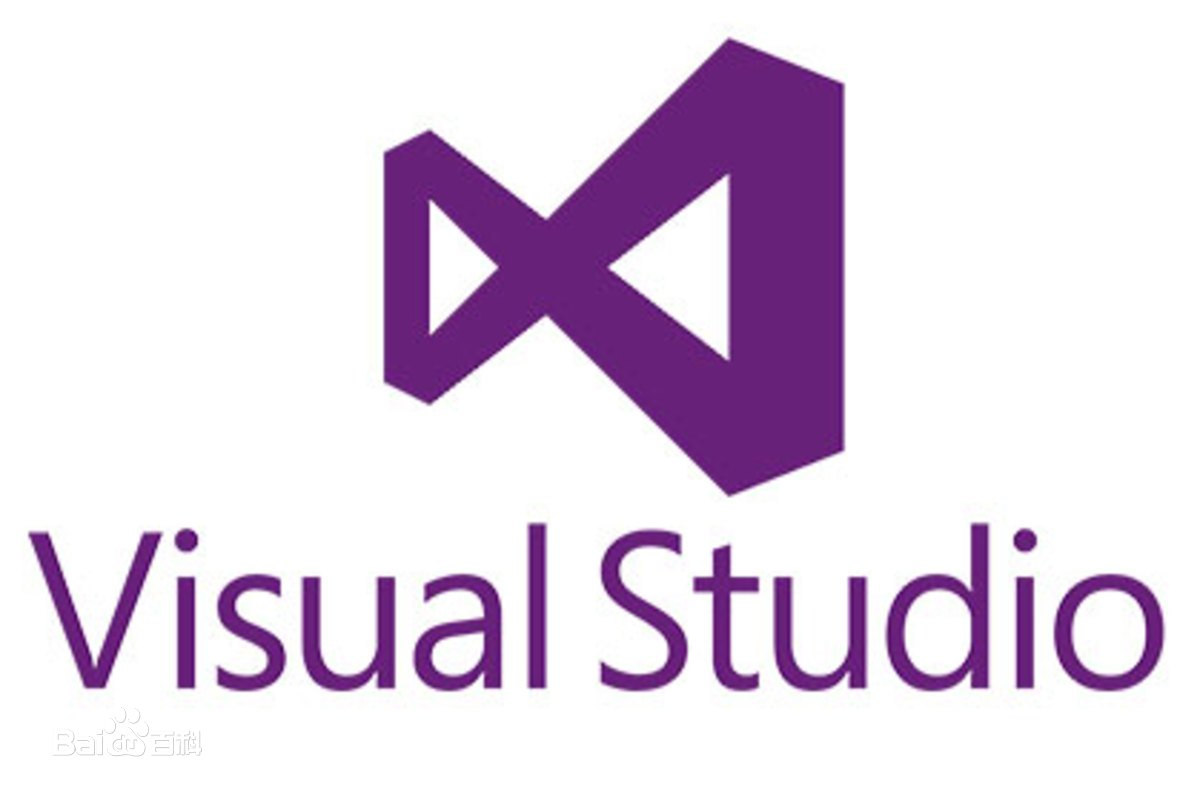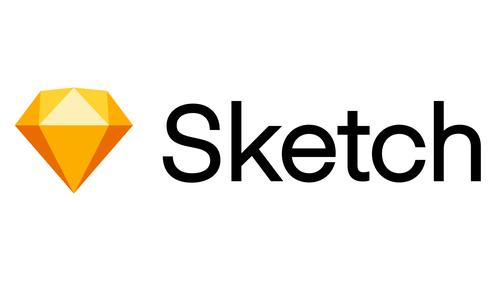Blockchain technology has rapidly developed since its inception as a cryptocurrency and has become a remarkable data management system in itself. Modern blockchain databases represent significant progress made by organizations in achieving data integrity, transparency, and security. These systems combine the advantages of distributed ledger technology with the functionality of traditional database management systems, creating a hybrid solution that addresses long-standing challenges in data governance. As more and more enterprises seek solutions that provide immutable audit trails and verifiable transaction history records, blockchain databases have become a promising choice to balance innovation with practical business needs. This article introduces the working principle of blockchain databases and lists some of the most popular blockchain database solutions, as well as some traditional alternative solutions for implementing similar functions. Finally, we will investigate how professional tools like Navicat can help organizations build bridges between these two fields.
Understanding blockchain databases
Blockchain databases have fundamental differences in architecture and working principles compared to traditional databases. Traditional databases typically serve as centralized repositories managed by a single institution, while blockchain databases distribute data across multiple nodes in the network. Every transaction or data change is recorded as a 'block' in the ledger, which contains an encrypted hash value linked to the previous block, creating an immutable chain of information. This structure ensures that once data is recorded, it cannot be modified without network consensus, providing unprecedented data integrity and auditability.
The core functions that distinguish blockchain databases include immutability, decentralized consensus mechanisms, encrypted verification, and transparent transaction history. These features make blockchain databases particularly valuable for applications that require strong audit trails, such as financial systems, supply chain management, and regulatory compliance.
Leading blockchain database solution
Multiple blockchain database platforms have gained prominent positions in the enterprise field, and the following are some of them:
1. BigchainDB combines the scalability of traditional distributed databases with the immutability and decentralized control of blockchain functionality. It is designed for use cases that require high throughput while maintaining the core advantages of blockchain.
2. Hyperledger Fabric, Developed with the support of the Linux Foundation, providing a licensed blockchain framework specifically designed for enterprise use. It supports complex queries, private channels for sensitive data, and a modular architecture that allows for customizable consensus mechanisms.
3. Amazon QLDB (Quantum Ledger Database) provides a centrally managed ledger database that includes immutable and cryptographically verifiable transaction logs. Although not completely decentralized, it offers many advantages of blockchain without the complexity of managing distributed networks.
4. FlureeDB represents the new generation of blockchain databases, integrating graphical database functionality with blockchain functionality. This allows for complex data relationships while maintaining verifiable historical records and time travel queries.
5. Blockstore uses blockchain principles to implement decentralized key value storage, making it suitable for applications that require simple data structures and strong integrity guarantees.
Traditional databases with blockchain like functionality
Traditional database providers have recognized the value of blockchain core principles and integrated similar functionalities into their products
1. PostgreSQL can achieve some blockchain like functionality in a familiar relational environment by using extensions such as pg_crypto to only attach tables and perform encryption verification.
2. MongoDB provides change flow and immutable field functionality, which provides auditing capabilities similar to blockchain ledgers but without distributed consensus.
3. Oracle Blockchain Tables extend standard Oracle database functionality through immutability assurance and encrypted verification, enabling organizations to maintain familiar SQL interfaces while gaining some blockchain advantages.
4. Microsoft SQL Server Ledger introduces tamper proof functionality by encrypting and validating historical data, thereby meeting the compliance and audit requirements of traditional database frameworks.
5. Immudb provides an open-source immutable database with encrypted verification capabilities, without the full overhead of blockchain, thus achieving a balance between traditional database performance and blockchain integrity.
Manage databases through Navicat
Effective database management tools have become crucial for organizations implementing blockchain databases or similar blockchain functionalities in traditional systems. Navicat's database management and development toolkit has evolved to support these advanced database technologies. Navicat provides an intuitive interface for connecting and managing traditional databases with blockchain functionality and dedicated blockchain database systems.
Navicat's visual query creation tool and data visualization capabilities can help developers and administrators effectively handle complex blockchain data structures. The powerful security features of this tool are highly consistent with the emphasis on data integrity in blockchain, providing encrypted connections and comprehensive access control. For teams implementing a hybrid database architecture that combines blockchain and traditional elements, Navicat supports multiple database types in a single interface, simplifying workflows and shortening learning curves related to new technologies.

